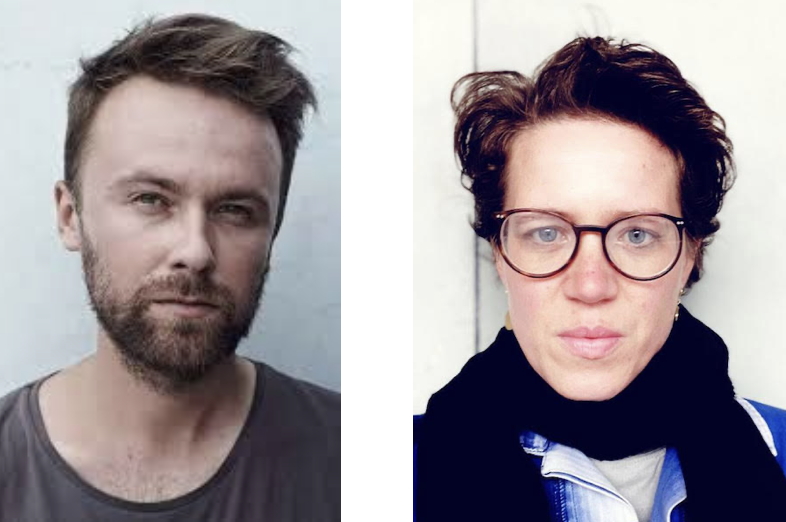21.12 2025 at 14:00
Artist talk; Piotr Zbierski with Erin Honeycutt.
Solid Maze
Solid Maze Of All That’s Left Untold.
Text by Erin Honeycutt.
Time is a place. Time is love. Where do you stop and take a look around?
Time is a place. Time is love. These words linger as more than metaphor; they suggest that time is not only something we move through, but something we inhabit. Time has texture, atmosphere, even emotion. In this framework, memory isn’t a retrieval of something lost but an ongoing negotiation with what continues to live in the background of perception. Time opens a space, and love fills it.
At the heart of Piotr Zbierski’s work lies a meeting of relationships with different intervals of time, a continuum of nuances rather than dualities that mirror the simultaneous lyricism and violence of existence and invite us to consider how disparate sensations, feelings, and events collide within the body, and can only be re‑woven into unity through art. Zbierski—whose practice spans photography, print, collage, and archive—asks: where does lived experience end and narrative begin? His lens traces a river that carries us between two shores: one of polished stories, the other of raw memory. The result is a maze of possibilities across a long arc of time, forwards and backwards, deep and wide; both a structure and a metaphor, evoking labyrinths, animistic forms, and glacial memory.


